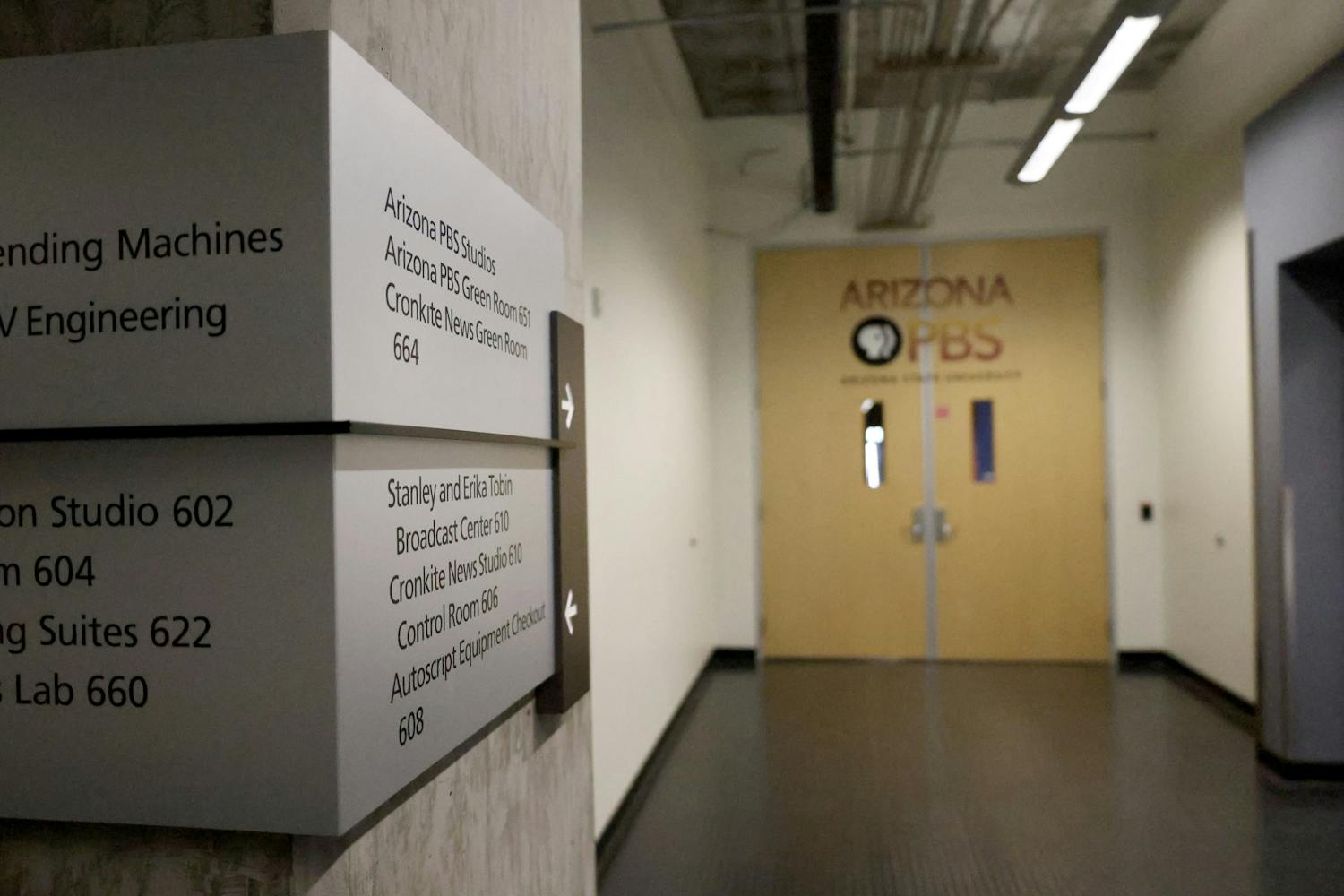People living with Type 1 diabetes aren’t allowing the disease to slow down their lives.
Around 20,000 people walked around Tempe Town Lake on Saturday to raise money for Type 1 diabetes research. The Juvenile Diabetes Research Foundation organized the “Walk to Cure Diabetes” event for the 12th consecutive year.
This walk is the largest of all the JDRF walks held around the world, said Ken Brissa, director of the JDRF’s Phoenix branch.
Type 1 and Type 2 diabetes affects 25.7 million Americans, according to the Centers for Disease Control and Prevention.
The pancreas of those with Type 1 diabetes does not produce enough insulin to make an efficient amount of energy for the body. Both children and adults can be diagnosed with Type 1 diabetes, Brissa said.
People living with Type 1 diabetes must use blood glucose monitors and insulin shots or pumps daily to control their disease.
JDRF also leads in funding research for new technology in Type 1 diabetes treatment such as the artificial pancreas, a device that will automatically put insulin in the body without manual control.
“We need this approval from the FDA to make it widely available,” Brissa said.
In 2005, the FDA approved the OmniPod, which replaces the need for manual insulin shots. The user attaches a “pod” filled with insulin on a part of their body, and uses a wireless remote to schedule insulin injections.
Dino Pierce, OmniPod clinical services manager, said the insulin pump is accurate and safe, and is meant to make diabetics’ lives easier.
“Any technology or advancement for people living with Type 1 is a welcome thing to see” Brissa said.
ASU engineers and the Mayo Clinic are working on a new technology that could make the lives of people with diabetes easier.
Assistant Research Professor Jeffrey LaBelle and ASU students at the La Belle Lab are working on a painless blood glucose device that monitors sugar with tears instead of the traditional finger prick test.
The Tears Touch Glucose sensor detects glucose in tears by holding it up to the eye, LaBelle said. This would reduce the steps for checking blood sugar.
He came up with the idea in 2009 and hopes the FDA will approve it in the next three to five years, LaBelle said.
“We asked ourselves what can we do and how fast could we get something to the market to help diabetics today,” LaBelle said.
Type 1 diabetics like Matt Neal and Mitzi Haughn were both diagnosed as adults and depend on blood glucose devices and insulin injections to survive. However, they say their disease won’t slow them down.
Neal, a professional BMX rider and ASU alumnus, said new technology has made it easier for people to live normal lives.
“I still do everything I used to do; it hasn’t stopped me from doing anything,” Neal said.
Haughn, the JDRF entertainment coordinator, said a diabetic can live a normal life
“You can do anything you want to do,” she said.
Riley Benson, a third grader at Zaharis Elementary in Mesa, stays active by doing gymnastics and aspires to be an endocrinologist when she grows up.
“Ever since I was diagnosed I wanted to help kids with diabetes,” Riley said.
You can help donate to Juvenile Diabetes Research Foundation at jdrfdsw.org.
Reach the reporter at thaniaAB@asu.edu.
Click here to subscribe to the daily State Press newsletter.





